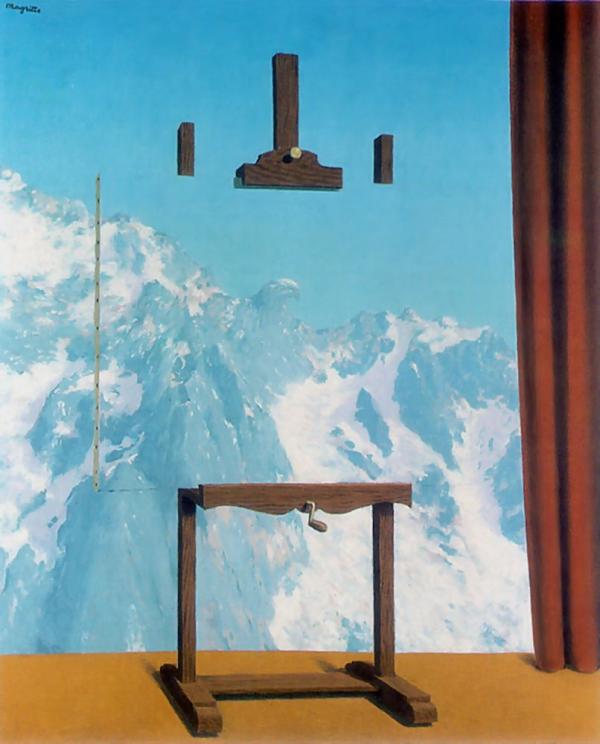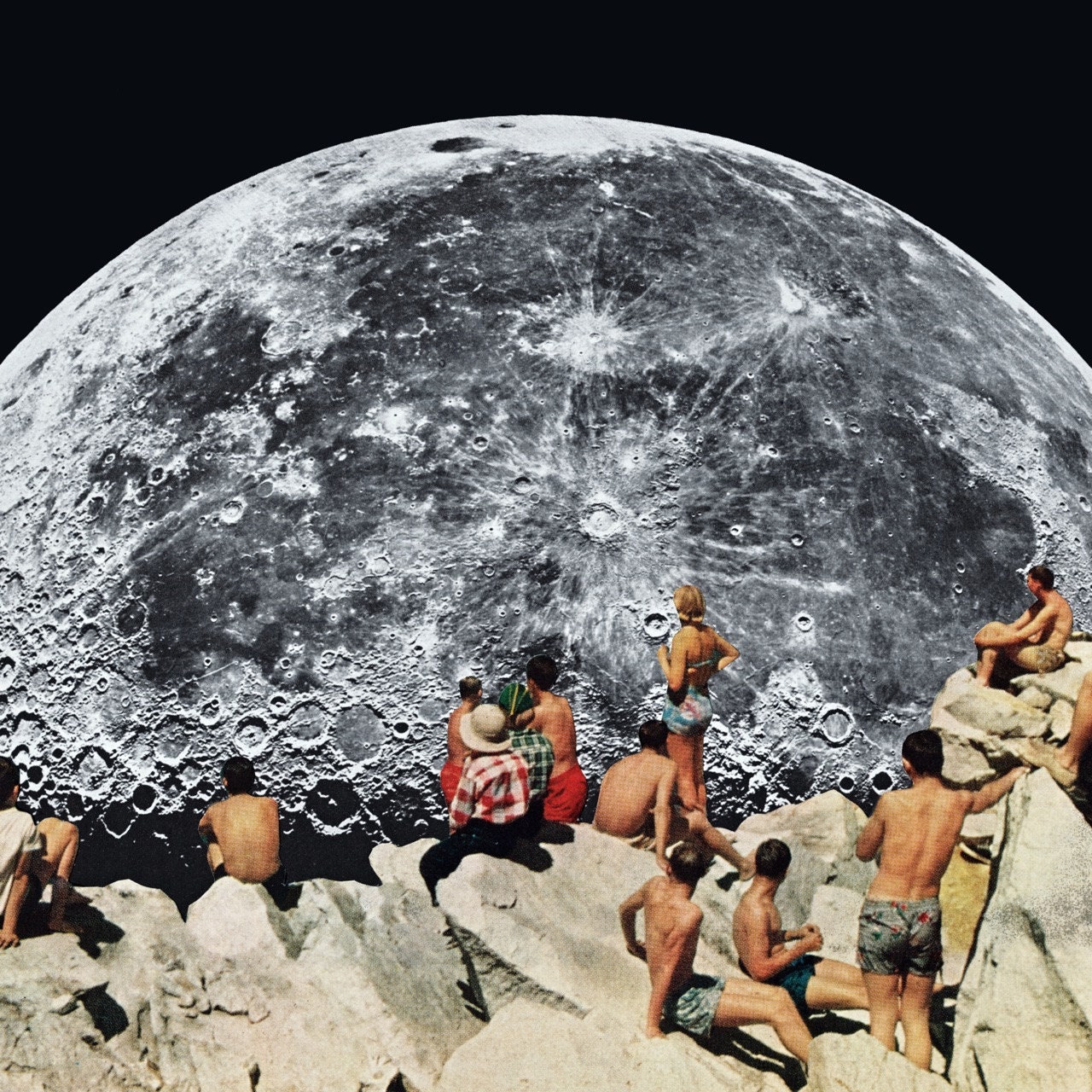This artist uses paper and create these cool abstractions. These colors remind me of you, and your work!

Although you sort of moved away from the embroidery, I thought this artist was pretty cool!
I finally received my Emil Ferris “My Favorite Things Are Monsters” and I am in love, I have been really interested lately in combining ballpoint pen drawings that are intricate, in conjunction with my ink drawings. Andrea suggested Dawn Clements, and I love her work.


 Dawn Clements is a contemporary artist born in Woburn, Massachusetts. Her primary mediums are sumi ink and ballpoint pen on small to large scale paper panels. In order to complete a drawing she cuts and pastes paper to edit things and achieve the desired scale. Her completed drawings show her process of editing and adding through wrinkles and folds.
Dawn Clements is a contemporary artist born in Woburn, Massachusetts. Her primary mediums are sumi ink and ballpoint pen on small to large scale paper panels. In order to complete a drawing she cuts and pastes paper to edit things and achieve the desired scale. Her completed drawings show her process of editing and adding through wrinkles and folds.
As I have been working on my collages, I have been more and more interested in looking at artists that focus on surrealism. Surrealism has always interested me with it’s aim to “resolve the previously contradictory conditions of dream and reality”. The idea of digging further into the subconscious to create art is certainly in correlation with my own practices in my art making. As I have said before, my art can often say something that I mean to say, but there are also hidden messages as well that I am not always immediately aware of. Surrealism’s approach in reaching into the subconscious and unlock our full potential of creativity is certainly one that I can relate to.
I started out looking at the art of Dali and Breton before I made my way to Magritte. Magritte’s work has always interested me with how he warps the reality of the painting and his painting style is similar to older looking photos I have seen. When I see Magritte’s paintings, I cannot help but think about how I myself have utilized similar techniques on my collages to create similar images. Through utilizing common images and placing them in extreme contexts, he sought to have his viewers question the ability of art to truly represent an object. Going off of this same idea, my art often utilizes familiar places with elements of extreme contrast, questioning the reality of what we are seeing, as well as further questioning the idea of memory and what is and is not real. I am certainly interested in looking further into Surrealism and different, lesser known artists from the movement.

“Call of the Peaks”, 1943

“The Victory”, 1939

“The Glass Key”, 1959

“Voice of Space”, 1931
Anicka Yi is an artist that I was introduced to through a conversation with my brother-in-law. A conversation that generally begins with, “how is this art?” I had never heard of her before, but I was intrigued when he told me her work was about smells. I, personally, love different smells because of the memories tied to them. There have been moments where I smell my childhood friend’s mother’s perfume, and all these memories begin to flood back to me. Although Anicka Yi’s work has to do with acrid smells, not the enjoyable perfumes a person decides to wear. Her work intrigued me because of her exploration with materials. Something that I am currently enjoying with encaustics; a fun exploration of the process with wax pigment.
Currently, she has a show at the Guggenheim Museum where she won the Hugo Boss Art Prize. The show that is in the Guggenheim involves bacteria, ant farms, and smells from things, such as: kombucha leather, deep fried flowers, armpit bacteria, ginger, cypress, and coriander. Her intention with the scent is to bring about narratives; narratives about a memory, or the synopsis of a person.
Anicka Yi, Force Majeure, 2017 (detail). Courtesy of the artist and 47 Canal, New York. Photo by David Heald. © Solomon R. Guggenheim Foundation. Courtesy of the Solomon R. Guggenheim Museum.
Anicka Yi, Lifestyle Wars, 2017 (detail). Courtesy of the artist and 47 Canal, New York. Photo by David Heald. © Solomon R. Guggenheim Foundation. Courtesy of the Solomon R. Guggenheim Museum.
Anicka Yi, Force Majeure, 2017. Courtesy of the artist and 47 Canal, New York. Photo by David Heald. © Solomon R. Guggenheim Foundation. Courtesy of the Solomon R. Guggenheim Museum.
Pierre Bonnard was a painter within the Les Nabis group. He created flat colored areas rather than creating the illusion of a three-dimensional space. Although he was part of this group that was interested in obscure symbolism, he favored and was fascinated with the delights of his every day life. His approach to painting is very similar to mine, where we are both creating simple moment of our every day live in a beautiful way. These intimate moment invite the viewer into our worlds and ask them to draw their own meanings or interpretations of what could be happening.
We also are fascinated with color and its importance in a painting. Bonnard would become so attached to a color that he would go back into paintings that he completed years before and add the new color that he recently mixed.
Our paintings are also related through memory. Bonnard paints from memory, while I paint memories. When creating my paintings, I usually have the image in my mind and use reference images to help me visualize the poses, shadows and lighting.
I would like to recreate my digital paintings on canvas this summer and those will be my final image for the show.
http://myemail.constantcontact.com/Final-Weekend–Making-Marks–Digital-Sketches-to-Painted-Stories.html?soid=1103172662208&aid=9RSL8uPeCcs
I fell in love with her illustrations after a co-worker showed me her new and first graphic novel “My Favorite Thing is Monsters”. She uses all ballpoint pen and her work is dynamic, rich with contrast and color. One of my favorite things about this is that all of the pages are scanned from a spiral notebook where she drew all of them out. As if she was documenting all of this in real town as she was in Chicago. As I have been working on slowing down my work and adding more layers I decided to try ball point and I’m really enjoying it. 




I found with my transition into more collage-work, I wanted to find more artists that utilize collage. One artist in particular I was drawn to was Beth Hoeckel. In her work, she builds an image utilizing a variety of different layers and perspectives. I was especially drawn to her statement about her work in which she says she wants a “balance between complexity and simplicity. Contrasts with harmony. Revealing something personal without revealing anything personal.” In my own art-making, I have always been drawn to this idea of revealing a part of myself, but doing so in a more subtle way in which the viewer can interpret it in different ways. Hoeckel has also discussed how part of her process is very intuitive, which I am very interested in. Art created out of pure instinct can have a greater meaning that is not at first completely understood, but upon then looking back at what was created, I then can try to understand more about myself. Thus, besides utilizing collage as her medium of choice, these deeper questions that are created are the reason I chose Hoeckel as my mentor artist. Looking at her work as inspiration helps raise deeper questions about the art that I make and looking closer at finding balance, something that I consistently struggle with.




For my second mentor artist, I looked to the works of Nancy Crawford. I was drawn into her work purely because of the physical outcome. The transparent layers, carved writing with inlayed pigment is similar to my process. Although our themes differ, I was hoping to have some insight or inspiration to which I could add to my work. Right now, I am struggling with cohesive outcomes with the line work and Pan Pastel under layer.
However, she has a series of work that I think Brette would find interesting. It is called The Detritus Institute. Crawford describes the series as:
an imaginary organization whose function is the collection and preservation of the debris, waste and scraps of daily life. All of the objects share the patina of age, decay or use, a visual reminder of the constant passage of time and its effects on things – which I find captivating
Although our conceptual component to our work is different, the images I am attaching by her are very similar to my current body of work. I would like to try some of her approaches so that I can cohesively unify my layers like Crawford does. She also has a TedTalks that I watched on creativity. I thought her point on being in the moment was very interesting. I think it is what we are trying to do with the Studio class. Having our attention on our studio practice, and not being distracted by all things around us. However, when there is so much to be accomplished, my mind struggles with this. It was an interesting point of view.